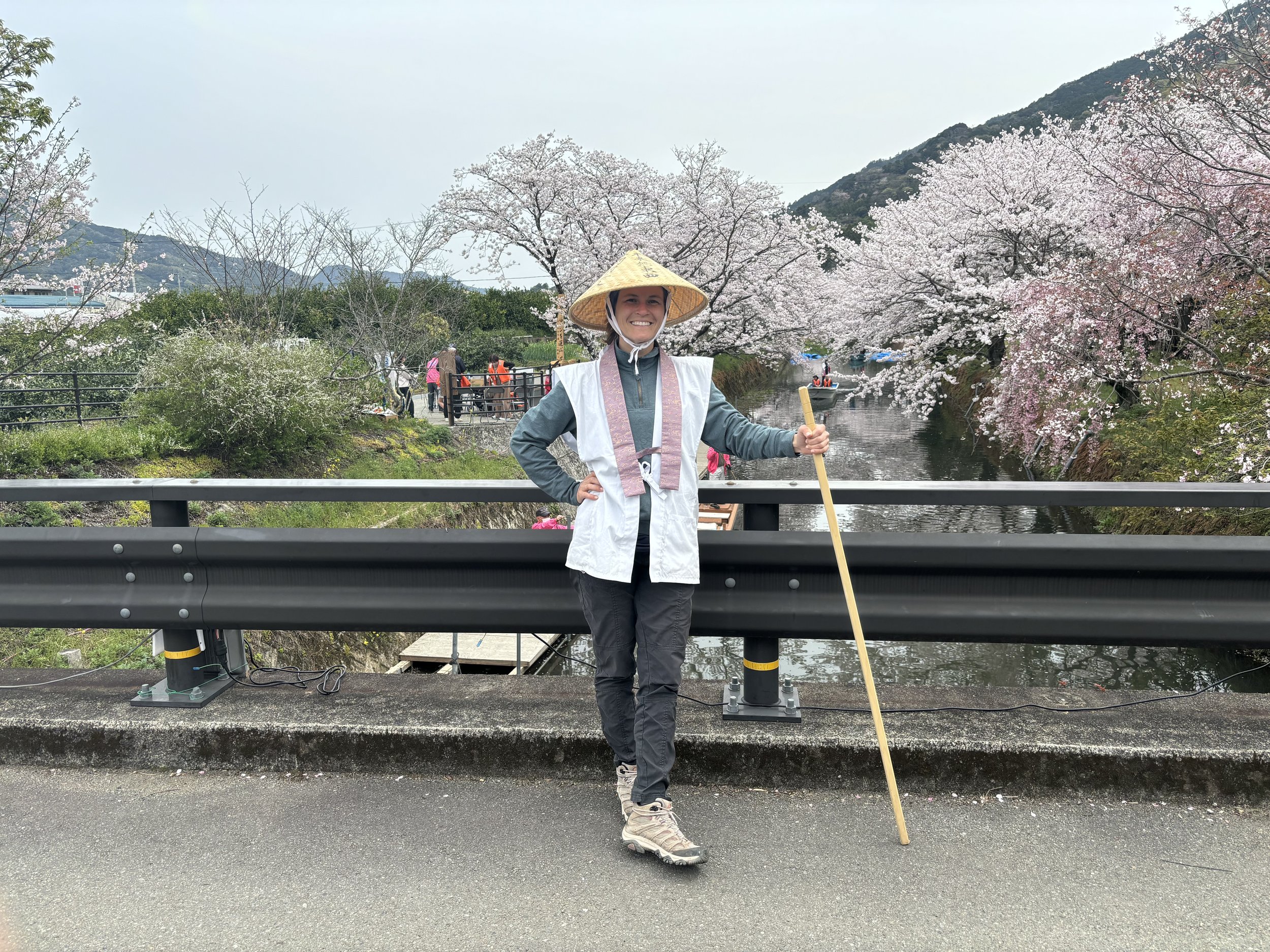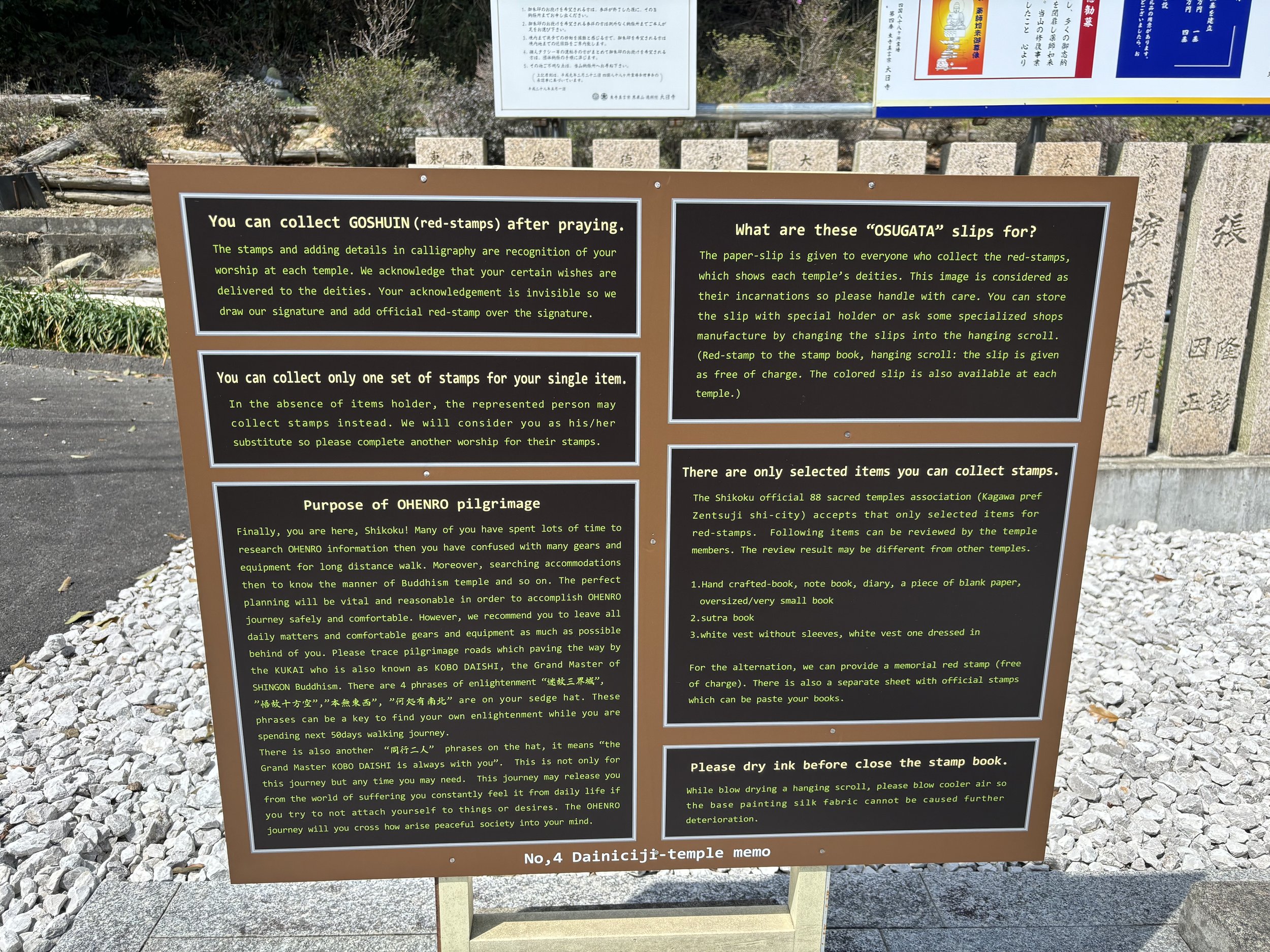Walking the Shikoku Pilgrimage: A Guide to Japan’s 88 Temples Trail
Tips, Logistics & Insights
In May 2024, I walked the Shikoku Pilgrimage, also known as the 88 Temples Pilgrimage in Japan. It’s hard to believe it’s been a year already! Two months of walking, day after day, what felt like a never ending journey now just a distant memory. The rice fields, the temple visits, the surreal feeling of finishing… all of it still lives within me, surfacing in flashes of memories or whenever someone mentions Japan, a country I had never visited before setting foot on this pilgrimage.
I’m writing this as a way to integrate the experience more fully and to share something I wish I had found before my trip: an honest account that goes beyond logistics. I also want to write this as a form of generosity to you, dear reader. While the practical details are essential, I want to give you a glimpse into what the Shikoku Pilgrimage actually feels like: what no one tells you, the highs, the lows, and the reality of walking 1,200 km across an island in rural Japan.
So if you're considering walking this pilgrimage or just curious, here’s everything I wish I had known before setting out. Feel free to jump to a section that interests you, and if you find this helpful, bookmark this article for later.
A temple along Japan’s Shikoku Pilgrimage
Table of Contents
Start Here: An Overview of the Shikoku Pilgrimage
The Shikoku Pilgrimage, or "Shikoku Henro," is a sacred journey through 88 Buddhist temples across Japan’s Shikoku Island. Spanning approximately 1,200 kilometers (750 miles), the pilgrimage follows in the footsteps of the revered Buddhist monk Kūkai (Kōbō Daishi), who founded the Shingon school of Buddhism in the 9th century.
Pilgrims, known as "henro," undertake this journey for spiritual growth, self-discovery, cultural immersion, or personal challenge. The path is unique in that it’s a circular route. You start at Temple 1 and after ~8 weeks of walking, you go from Temple 88 back to Temple 1 where you started. It’s a literal full circle moment!
The Route & Logistics
The pilgrimage consists of 88 official temples, each associated with different aspects of Buddhist teachings and the life of Kobo Daishi. Many pilgrims also visit "bangai" (unofficial) temples and sacred sites along the way. There are many ways to actually go on the pilgrimage:
Walking: The most traditional and immersive experience, taking around 8 weeks.
Cycling: A faster but still challenging option.
Public Transport: A mix of walking and using buses & trains. Public transport in Japan is amazing and easy to use!
Car: Driving allows for flexibility and convenience but may lessen the meditative aspect of the pilgrimage.
Let’s talk about the roads…
GIRL, IT IS 85% ROAD WALKING. This is not to be overlooked. ROAD. WALKING. Sometimes busy roads with no sidewalk. In tunnels. A few very sketchy tunnels. I need to write a letter to the association of shikoku pilgrimage (if it exists?) and give them a piece of my mind. Y’all. It was dangerous at times.
After completing this pilgrimage, I was convinced it would be best to be done with a mix of walking + train/bus and/or car for a maximum of 3 weeks at most. Most the time I felt like I was walking in a quiet, unattractive suburb of sorts with no cafes, no nothing. Just me and cement drains for hours. This was never shared with me in any articles before I left and it came as an intense shock. If you dream of winding forest trails in deep nature, walk the Kumano Kodo. If you want the real deal culture with no tourists, go to Shikoku.
My guesthouse on night #2 on the Shikoku Pilgrimage
If that hasn’t deterred you, I think the Shikoku Pilgrimage does feel like going back in time. The route has some EPIC mountain temples and many other wonderful aspects, especially the kindness of the locals.
And to those who are thinking, “You knew it would be challenging, right? It’s a pilgrimage, after all!” I agree with that sentiment, but I would’ve liked to know what I was getting myself into before starting, and none of the research I did highlighted these things.
With that being said, pilgrimage is about diving into the challenges and being transformed by them, so I’m not sure I would actually take it back because in the difficult moments, I learned SO MUCH about myself and at the end of the whole experience, I was so proud of what I’d accomplished. It was really meaningful.
An important note for Camino friends: This is NOT the Camino. Unlike the Camino de Santiago, where villages cater to pilgrims, Shikoku is not built for tourism. It may offer more infrastructure in the future, but in 2024, this was the reality. If you’re expecting a Camino experience, you will be surprised.
Seasons of Shikoku Pilgrimage
Spring (March–May): Mild weather, cherry blossoms
Watch out for Golden Week(end of April–early May): Vacation week for Japanese people. Hotels book up fast.
Summer: Hot & humid, nice mornings and evenings
Winter: Cold, especially in the mountains
Autumn (September–November): Cooler temps, stunning foliage
Dress & Etiquette
Dress the part! Wear the hat!
While you can totally go without these things, people treat you better when they realize you’re a pilgrim. For example, I didn’t have the pilgrim hat for the first 2 weeks and WOW it changed so much once I put that (uncomfortable) hat on. Eventually I just tied it to my backpack, which did the trick.
White pilgrim’s vest (hakui): Symbolizing purity and commitment, a clear indicator you’re on the 88 Temples pilgrimage!
Walking staff (kongōzue): Representing Kobo Daishi’s presence alongside you.
Stamp book (nōkyōchō): Used to collect temple seals as a record of your journey. It’s more unique than the Camino stamps or even the stamps you’d find along the way on the Kumano Kodo. These are hand-drawn calligraphy from each temple, and they’re really special. Another pilgrim told me it’s the teachings from that specific temple passed down to the pilgrim, so they’re a sacred teaching as well.
Hat, incense, candles, lighter, prayer beads, prayer slips: Common tools for devotion and protection. The prayer slips, incense, candles, and lighter are for the temple rituals. The prayer slips are bookmark-sized paper slips that are much like prayer offerings or good merit offerings. You write your name and the date on them and offer them at each temple. You can also give them to locals who are kind to you along the way, because it serves as passing along the good karma you’re accruing for walking the pilgrimage.
Etiquette
Research Japanese etiquette before you go. This is rural Japan and nothing will offend a local quicker than walking inside with your shoes on!!
Follow temple rituals: purify at the water basin, light incense, and offer prayers. There’s a thorough explanation in your guidebook.
Accept local generosity, known as "osettai," with gratitude. It’s a cherished tradition of giving to pilgrims and helping them along their way.
Read more customs etiquette here: https://www.henro.org/shikoku-pilgrimage/customs-etiquette
Sleeping Arrangements & Booking Tips
Logistics and planning your route on the 88 Temples pilgrimage can be challenging. Some days, you’ll hit 5 temples in a row. Other days there’d be nothing for many kilometers. In cities, I often lost the official route and just used Google Maps to get to the next temple. Download Shikoku island for offline use and save all 88 temples on Google Maps. (Here’s mine: Google Maps Link) Hope it helps save you some time!
Guidebook = Your Best Friend
Buy it at Temple 1’s gift shop or online (Amazon/eBay). I went with this book alongside the more tactical map vibe of this book. My brain could only decipher what was going on with the two guidebooks alongside each other. It was heavier but I swear it helped me! To each their own, though :)
Study it. Love it. Trust it.
The maps seem intimidating at first, but they’ll make sense with time.
A glimpse into the official guidebook.
Where to Stay
Most of the other articles out there and even in the guidebook explain the different types of accommodation on the route, but how to book these? Do you book in advance? Do you just show up? Somebody tell me something, am I right?!
For starters, here are your options for sleeping arrangements:
Shukubō (Temple Lodging): Stay overnight at some temples, where simple meals and morning prayers are often included.
Minshuku & Ryokan (Guesthouses & Inns): Traditional Japanese inns providing comfort, meals, and hospitality.
Business Hotels: Found in urban areas, offering modern amenities and convenience.
Henro Houses: Budget-friendly accommodations specifically for pilgrims, often run by locals.
Free Lodging / Zenkonyado: Zenkonyado are free stays for pilgrims, though donations are appreciated. I didn’t see too many along the way, but they exist.
Camping is not commonplace for pilgrims on the Shikoku Pilgrimage. Most pilgrims who brought gear ended up mailing it home.
I forgot to snap photos of the rooms, so thanks to Becky for sending me these photos of the inside of a few rooms along the pilgrimage. (below)





How to Book
Every pilgrim had their own strategy as far as planning their sleeping arrangements. Here’s what I recommend:
Study the guidebook a lot. Like I mentioned, I went with this book alongside the more tactical map vibe of this book.
Decide the general distance I want to walk for that stage, using the topo map at the beginner of this guidebook. Ask around what other pilgrims are thinking of doing for the next stages as well, which will give you some ideas if you’re unsure.
Study this guy’s list of where he stayed - PDF download (guy who made this: THANK YOU FOR MAKING THIS. It saved me!!! I can’t find the website where I downloaded this to give you credit. Please reach out if you ever see this!)
4. Check Henro House (first choice: easiest to book online) If there’s not a Henro House available, check the guide book and call the guesthouse. Non-Japanese speakers: Hope they speak English or try to speak Japanese. There’s a Japanese language guide in the back of the guidebook.
5. Write down where I’m staying / which date so I don’t forget.
More on Booking Rooms
I ended up booking 3-4 days in advance. My mother-in-law speaks Japanese so that helped me a lot. I would give her the number and she’d call them for me! If you have a friend that speaks Japanese, maybe they can help you out when in need. If you speak Japanese, YOU’RE GOLDEN, friend.
Most guesthouses didn’t have a booking system, they’d just write down your name and country along with the date you’re staying and that was it. No confirmation email or anything! It’s mostly done on the honor rule…if you say you’ll be there, they trust that you’ll show up.
Another helpful tip is to ask the guesthouse owner to book your next night’s stay. There are 2 or 3 instances when hotel/ guest house options are very limited in some stages, so book those in advance. I had to book my stays about a week in advance at some point because of Golden Week. That made my trip more rigid because I couldn’t go whatever distance my body wanted because I needed to arrive to X place by the end of the day. That was a bummer, but better than not having a place to stay.
I highly recommend booking at least 1 day in advance. “Winging it” for the spirit of adventure is fun, but it is not the way they do things in Japan and often it is seen as rude because they feel unprepared for your arrival.
If you can’t make your reservation, call to cancel by noon the day of the booking. Always give notice if you will be arriving later than ~5pm.
Being Vegetarian on the Shikoku Pilgrimage
I’ve been vegetarian since I walked the Camino Primitivo in 2021, so I was hoping I could continue eating a mostly plant-based diet while on this pilgrimage. With that being said, I was fully prepared to accept whatever food was offered to me while walking the 88 Temples pilgrimage. Being a pilgrim often means to humble yourself, but you know what they say, hell is paved with good intentions. The meals were intense for me to consider eating (boiled eel, fish soup, etc) so I put good use to the phrases that translated to “I’m a vegetarian”. Even so, it’s still not common at all on the island, so it was met with confusion most times. Most restaurants simply refused me by making a “no” cross (think: railroad signs) or hanging up the phone when I asked. To be fair, my Japanese was barely passable.



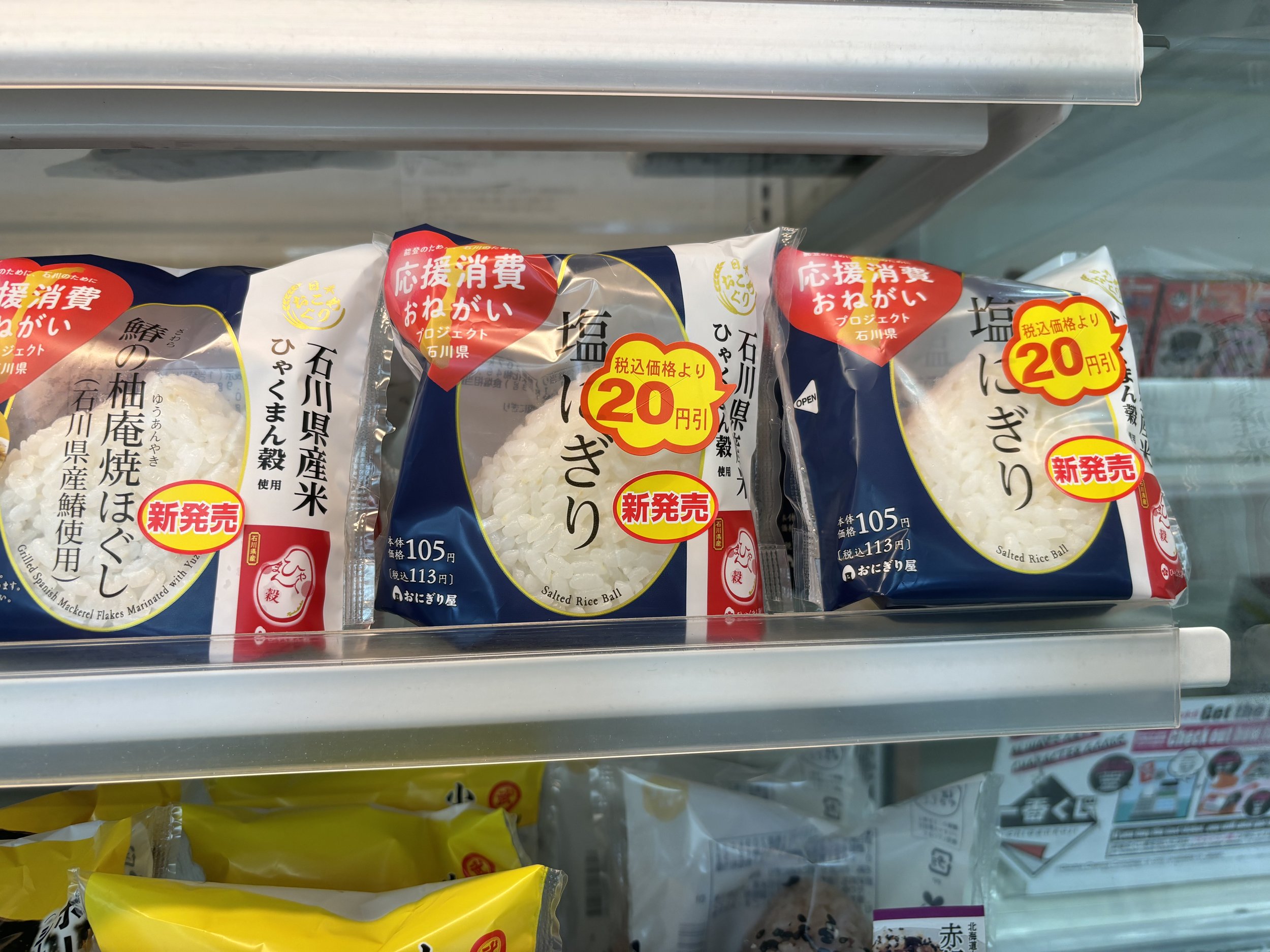
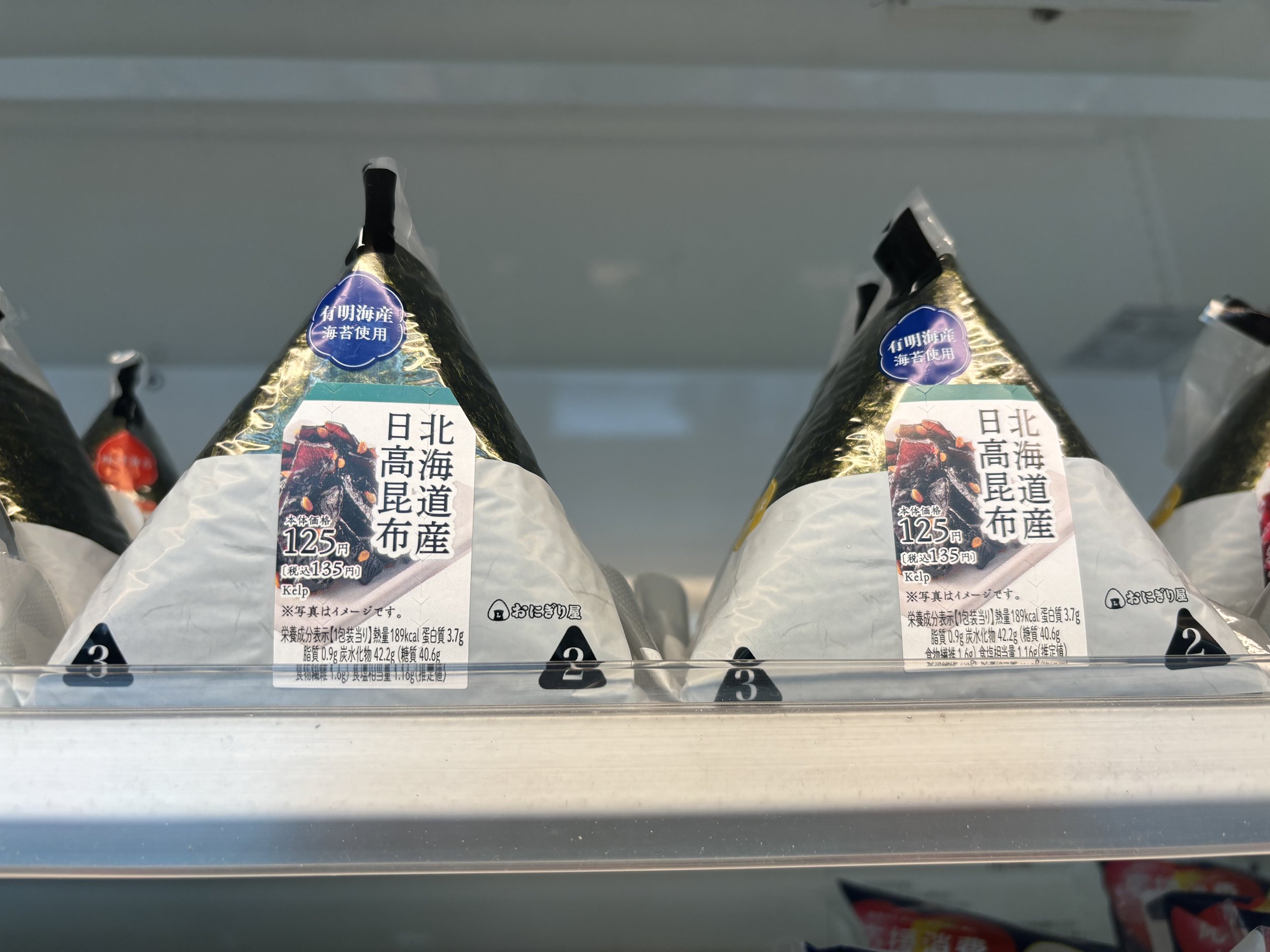
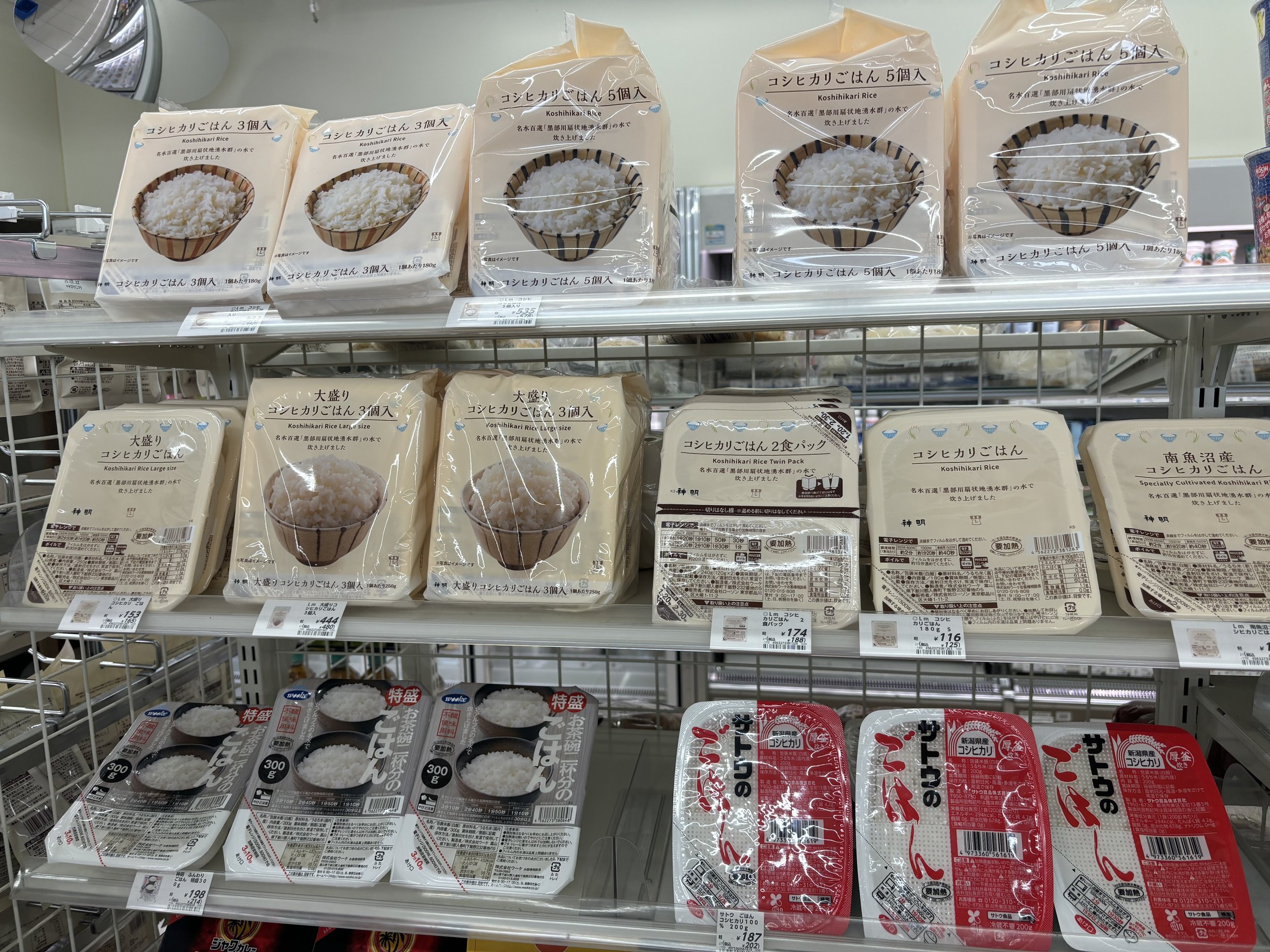
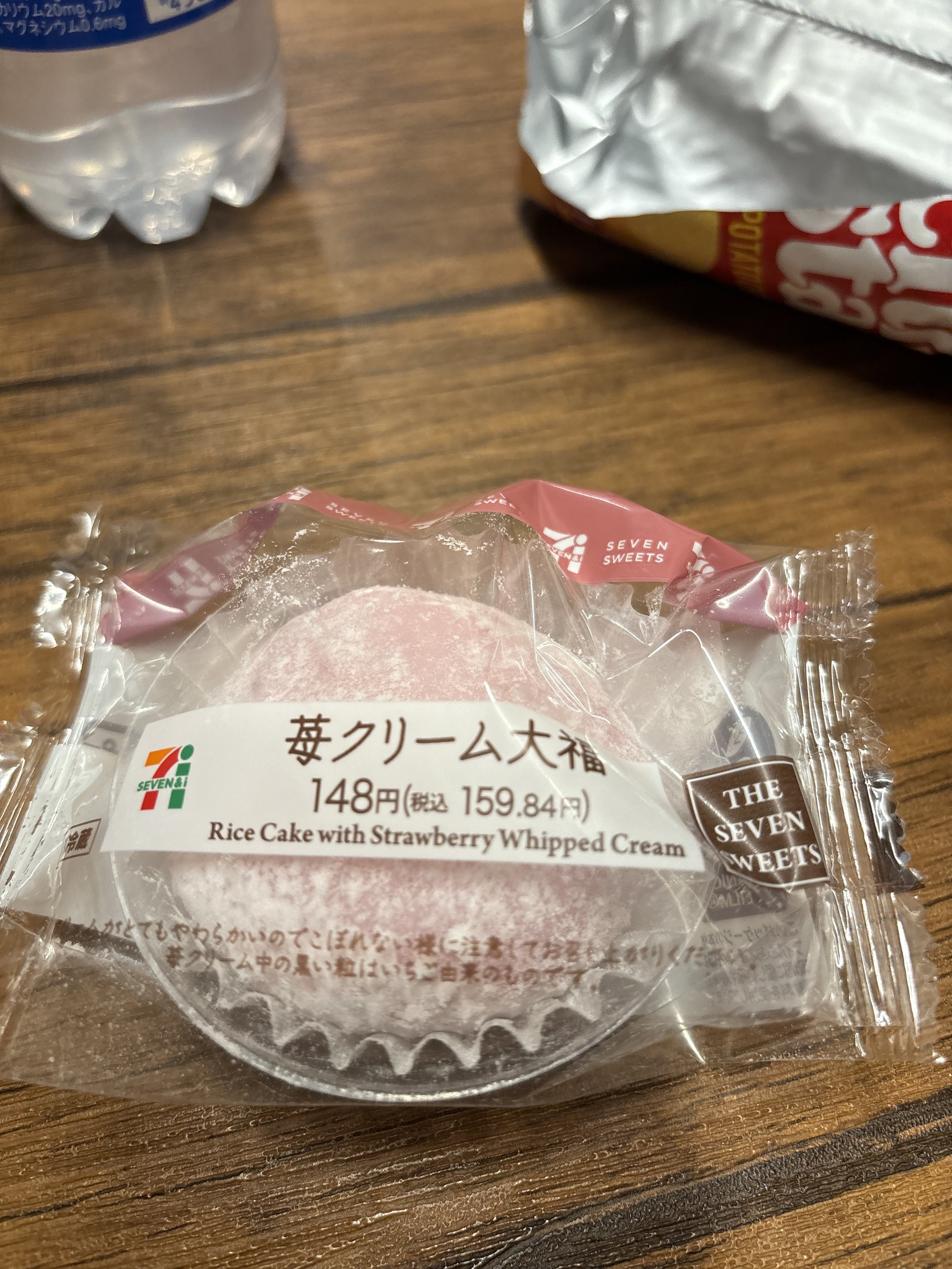
I began to get down about this predicament, feeling that white rice and green tea could only keep me going for so long when I met a fellow vegetarian on the pilgrimage route. BECKY! When I asked her about how she was managing, she said in her New Zealand accent, “it’s been great!” Perplexed, with a glimmer of hope in my eyes, I asked her how she’s surviving. Here’s Becky’s key to being vegetarian on the Shikoku Pilgrimage:
Opt out of breakfasts at guest houses / inns. Instead, if the weight of your bag permits you, carry some quick and easy breakfast options with you from the convenience store.
Carry a lightweight camping bowl and spoon/fork or chopsticks.
Sometimes guesthouses make pretty good veggie dinners*. But it may behoove you to make your own. All you need is a microwave and the supplies from #2. To make your own, for lunches or dinners or both: supermarkets or convenience stores will have everything you need. Unfortunately (but fortunately in this case), Japan is the land of single-use packaging. You can buy everything you need for a meal for yourself. You can buy a microwaveable package of rice, which is not as bad as it sounds. Use this as the base of your meal, then top it with any of the following items:
Pickled veg - sooo good
Avocado or other veggies like carrots, cucumber, etc
Single pack of silken tofu
Pack of mixed beans
Single pack of sesame sauce - DELICIOUS
Small bag of shredded cabbage or greens
Swipe some soy sauce from the sushi area
*I found success in asking for eggs/omelette if you’re ok with eggs, with rice and veggies. Ask in Japanese, of course.
There will be dashi (fish sauce) in nearly everything. A few places offered incredible vegetarian options, but most were really bad and/or still not vegetarian (fish as the main). Unless your host seems to be familiar with vegetarian options, maybe opt out. Also some places don’t offer food so in that case, the make-it-yourself approach is the best. In the cities, you’ll find GREAT vegan/vegetarian spots!
P.S. those non-vegetarians were raving about the food, so if that’s you, it will probably be great.
The Highs: what makes it worth it
The kindness of some of the locals. It filled me with so much joy and gratitude!
The sacredness of the route and the temples
The ONSENS!!!! Public baths, hot springs. sooooo good
The connection with Kobo Daishi, a highly influential figure who brought Shingon Buddhism to Japan
The feelings of accomplishment and pride at having walked this pilgrimage, the most challenging thing I’ve ever done so far in my life!
The sharpness of my mind after practicing awareness and walking meditation for so many hours
The wonderfully terrible 7/11 coffee
Meeting fellow pilgrims along the way
The rhythm of life on the Shikoku Pilgrimage, slow and steady
The surprises that come with traveling outside of my known world… translation struggles, culture shock, confusing grocery store trips, delightful, amusing confusion at times
Shikoku, Japan
The Lows: what no one told me
The 90% road walking, sometimes (often?) in dangerous conditions such as tunnels and busy roads without sidewalks!
The confusing/non-straightforwardness of the route
The loneliness of not speaking the language and walking alone most of the time
The non-vegetarian friendliness of Shikoku
The rice-filled pillows lol
Insights & Lessons Learned
People Make the Biggest Difference
Kindness has the power to change the world. During moments of struggle, a simple act of kindness could brighten my entire day. When I finally connected with Becky, my pilgrimage shifted from a lonely endeavor to one filled with laughter, reminding me how connection can transform an experience.Perspective Is Everything
Actively observing our thoughts and beliefs allows us to nurture the ones that serve us and let go of those that don’t. Can we consciously water the positive, beneficial thoughts about ourselves, others, and the world? Pilgrimage, like life, is shaped by the lens through which we see it.A Spiritual Practice Supports the Journey
A spiritual practice, whatever form it takes, deeply supports the pilgrimage. It doesn’t have to be religious, but it must be meaningful. Mindfulness becomes essential—whether through present-moment awareness, deep listening, or mindfulness of sound. I found inspiration in Andrew Holecek’s Dream Yoga audiobook, which was life-changing in its teachings on awareness. Simply tuning into the breath and feeling it move through the body can be an anchor during long days of walking.Having a Clear “Why” Matters
Are you walking to get to know yourself? To heal or to honor a loved one? Reflecting on this intention, and watching how it shifts over time, can bring depth to the journey. When challenges arise, a mantra can help: Let go, relax, and open.Pilgrimage Is a Sacred Dialogue
Chanting the Heart Sutra, learning from the great beings for whom this pilgrimage exists, and cultivating a personal connection can turn the walk into a sacred dialogue For me, I chose to fully immerse myself in learning about and connecting with Kōbō Daishi, the revered figure behind this pilgrimage. After all, I was walking in his footsteps! In the hardest moments, speaking with these divine beings, praying, or singing can be a way to stay open. Pilgrimage is ultimately about opening our channel to the divine and listening.
Free Resources
The Shikoku Pilgrimage official website: https://shikoku-tourism.com/en/shikoku-henro/shikoku-henro
Another helpful online guide, Henro.org: https://www.henro.org/shikoku-pilgrimage
Japanese language glossary, specific to Shikoku Pilgrimage: https://shikoku88-japan.com/en/glossary/
Accommodations
Accommodation along the Shikoku Pilgrimage by Margreet Botter
This website for planning your lodging
So easy to book! Henro house
Budget: Henro.org budget calculator
Free PDF Guidebook: Shikoku Pilgrimage - A Guide For Non-Japanese Free PDF guide
List of Shikoku Pilgrimage books: https://shikoku88-japan.com/en/shikoku-pilgrimage-resources/
Spirituality
At each temple, the tradition is to recite the Heart Sutra in Japanese twice, along with other mantras. I found it helpful to recite it in English, so I could understand what it meant. At first, I felt unsure of whether I should recite it in English or Japanese, but I consulted with a monk in Temple 2 who encouraged me to recite it in whichever language felt most meaningful.
An article about the Heart Sutra from Thich Nhat Hanh + a printable PDF version: https://plumvillage.org/about/thich-nhat-hanh/letters/thich-nhat-hanh-new-heart-sutra-translation
An article about the Heart Sutra: https://www.lionsroar.com/the-heart-sutra-will-change-you-forever/














